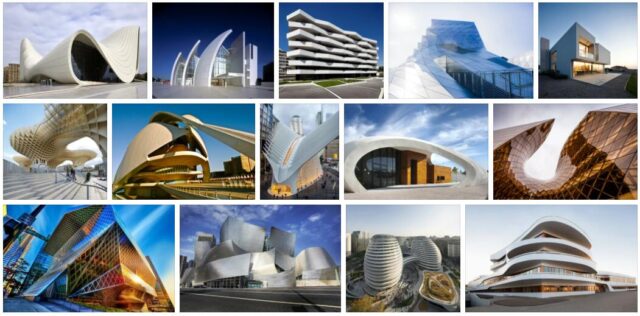The architecture is the art and technique of designing and constructing buildings. The concept comes from the Latin architecture, which, in turn, originates from the Greek.
It can be said that architecture is in charge of modifying and altering the physical environment to satisfy the needs of the human being. The architects are not only in charge of developing constructions based on their shape and utility, but they also follow aesthetic precepts. For this reason, architecture is usually considered one of the fine arts.
Currently, architecture is mainly associated with the design of spaces that serve as housing. The construction of houses and buildings is part of the most frequent activity of the architect, who must take into account a large number of precepts when developing his projects. The works must be erected safely and respecting the environmental conditions.
On the other hand, the architects also direct various projects that transcend the sphere of housing, such as the construction of a factory, a shopping center, a school or a church.
According to the historical period, it is possible to talk about different types of architecture. The Gothic architecture, for example, had its heyday between the twelfth and fifteenth century, characterized by the structural lightness and lighting inside buildings. The Renaissance architecture (between the fifteenth and sixteenth centuries) and the Baroque (from the seventeenth century to the XVIII) are two other examples of styles that have transpired.
Computer architecture
For computing, computer architecture encompasses design, at the conceptual level, and the structure on which the operation of a system is based. In other words, it is the detailed schematic of the requirements and operation of the various components of a computer, especially the central processing unit (also known as a CPU or CPU) and its interaction with main memory.
Another definition that receives this concept is the way of choosing and relating the different physical parts to build computers according to the requirements of performance, cost and functionality. It is worth mentioning that a score cannot be awarded to a computer simply by observing the speeds and capacities of its components, but rather a series of factors related to the purpose for which it was designed must be taken into account.
The architecture of a device is closely related to the functions it is expected to carry out, and the true potential of hardware is hidden in understanding it. For example, if two game consoles are taken with the same amount of memory RAM and with processors equal number of cores and similar speeds, it is not correct to assume that these are two teams of equivalent power, since each can work in very different ways despite the similarity of its technical specifications.
The basic operation of a processor is to perform a series of specific tasks and operations with the data stored in memory, to produce new information, which will be used later. For this, each processor has a set of instructions that it can understand and execute, which can be classified taking into account the following points:
* what operations it is possible to carry out from the given instructions;
* how the operands are specified, what types they can have and what their size is;
* where each operand can be located. In some cases, they can all reside in memory, while in certain architectures it is possible to find them in the internal registers of the central unit;
* how the memory address is specified, that is, what addressing modes are available.
